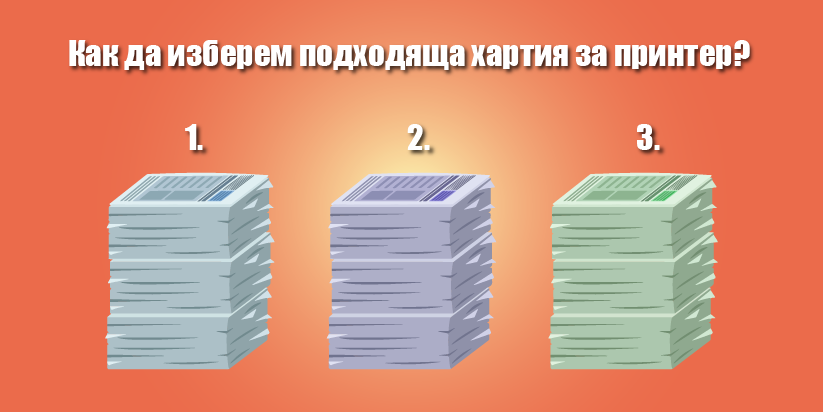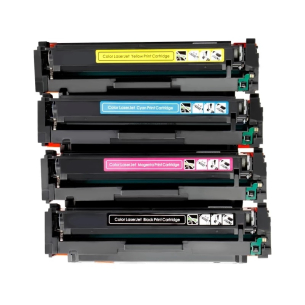When it comes to printing, most people focus only on the printer and consumables such as toner or ink. But they often forget that paper itself is the medium that determines the final quality. The right printer paper affects color saturation, text readability, and the overall appearance of the document. If you want your documents to look professional, you need to be familiar with the key characteristics that define it.
Format – the first step to the right choice
The format is the standard that should match the type of documents you print. The most popular is A4, used for office and home printers, but there are other options depending on your needs:
-
A4 – standard for documents and everyday tasks, it is the most common and widely used format because of its versatility;
-
A3 – preferred for drawings, posters, and larger graphics, it is less frequently used but indispensable for oversized documents;
-
A5 and smaller – used for notes, cards, and promotional materials.
A well-chosen format makes processing easier and gives a professional finish.
Which type of printer paper should you choose?
Today’s printers work with several main types of paper, each with its own specific features and suitable for different purposes and tasks:
-
Newsprint
It is lightweight, inexpensive, and yellows over time. It has lower weight, lower density, and weak whiteness, which means it is not suitable for printing images. It is budget-friendly, making it a common choice for materials where the print itself is important but not its high quality. A good option when you want to print a large number of materials at a lower cost, without saturated images or vivid graphics, only text. -
Offset paper
A universal printer paper most commonly used both at home and in various office applications. It has 100% whiteness, making it suitable for printing images as well. Its weight can vary significantly – from 50 grams per square meter up to 350 grams per square meter, depending on your needs. It also comes in a wide range of colors. All this makes it suitable for multiple purposes – printing standard documents, colorful marketing materials, calendars, and more. Especially since it is available in both thin and thick sheets, allowing you to easily choose according to your goals. -
Glossy (coated) paper
Extremely smooth thanks to special chemical treatment, it is mainly used for printing high-brightness images. With this type of paper, the ink does not penetrate the sheet itself but remains on the processed top layer, which prevents smudges or blurring. It is commonly used for luxury materials, business cards, etc.
You will also find carbonless paper – used instead of carbon copy sheets in situations where one document needs to be duplicated in several copies, such as invoices or forms. This is a special type of printer paper used less frequently, as it is not always necessary, but it can be invaluable in many cases. It has a lower weight but is highly durable and resistant to fading.
How to make the right choice?
The choice of printer paper depends on its intended use. If you are printing materials for internal company use only, choose standard offset paper with lower weight. For presentations and business materials, it’s best to go for whiter and heavier paper. And for photos and promotional brochures, look for specialized glossy paper, such as coated paper.
Good printer paper is an investment in a professional image. When you combine the right format, weight, whiteness, and opacity, you will achieve prints that look clean and impressive.
















